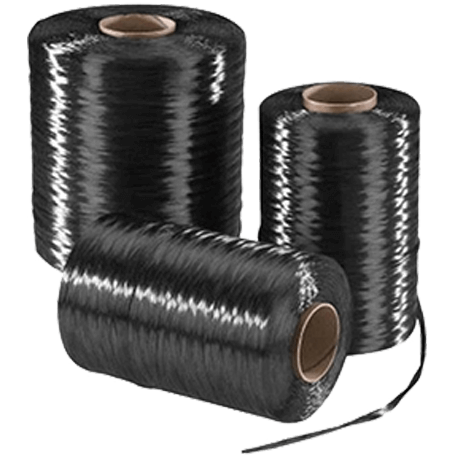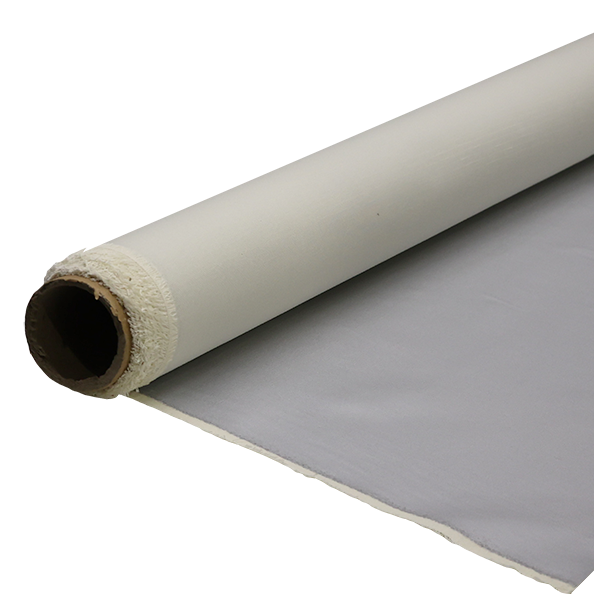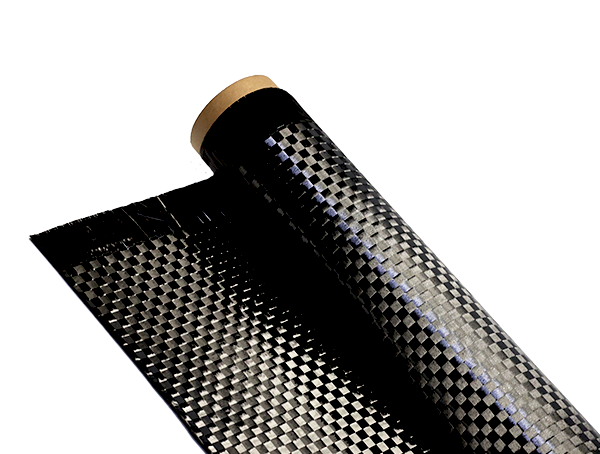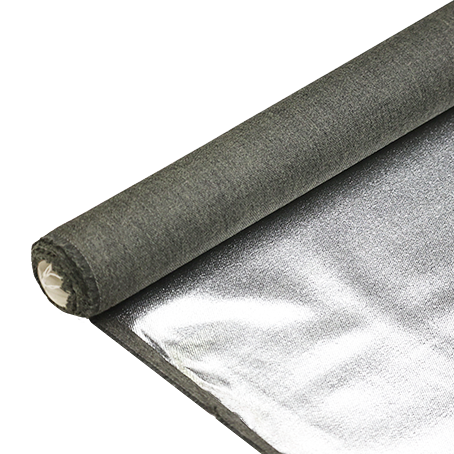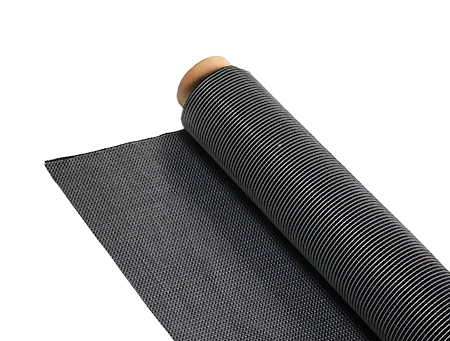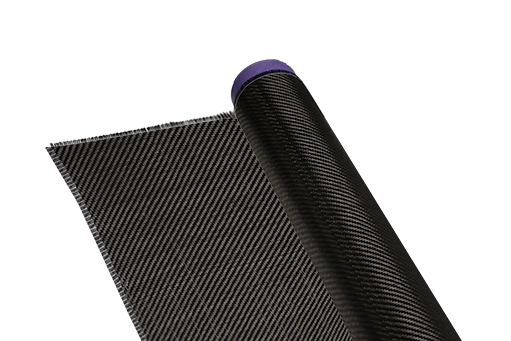Manufacturing and advantages and disadvantages of carbon fiber composites
-
 Your Composites Expert Carbon Fiber Materials&Products
Your Composites Expert Carbon Fiber Materials&Products -
-1.png?width=686&height=617) Your Composites Expert Aramid Fiber Materials&Products
Your Composites Expert Aramid Fiber Materials&Products -
 Your Composites Expert UHMWPE Materials&Products
Your Composites Expert UHMWPE Materials&Products -
 Your Composites Expert Fiberglass Materials&Products
Your Composites Expert Fiberglass Materials&Products -
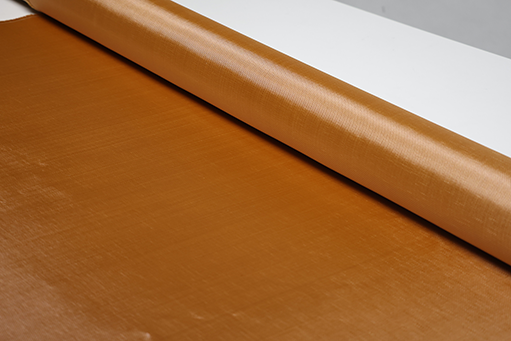 Your Composites ExpertPBO Materials&Products
Your Composites ExpertPBO Materials&Products -
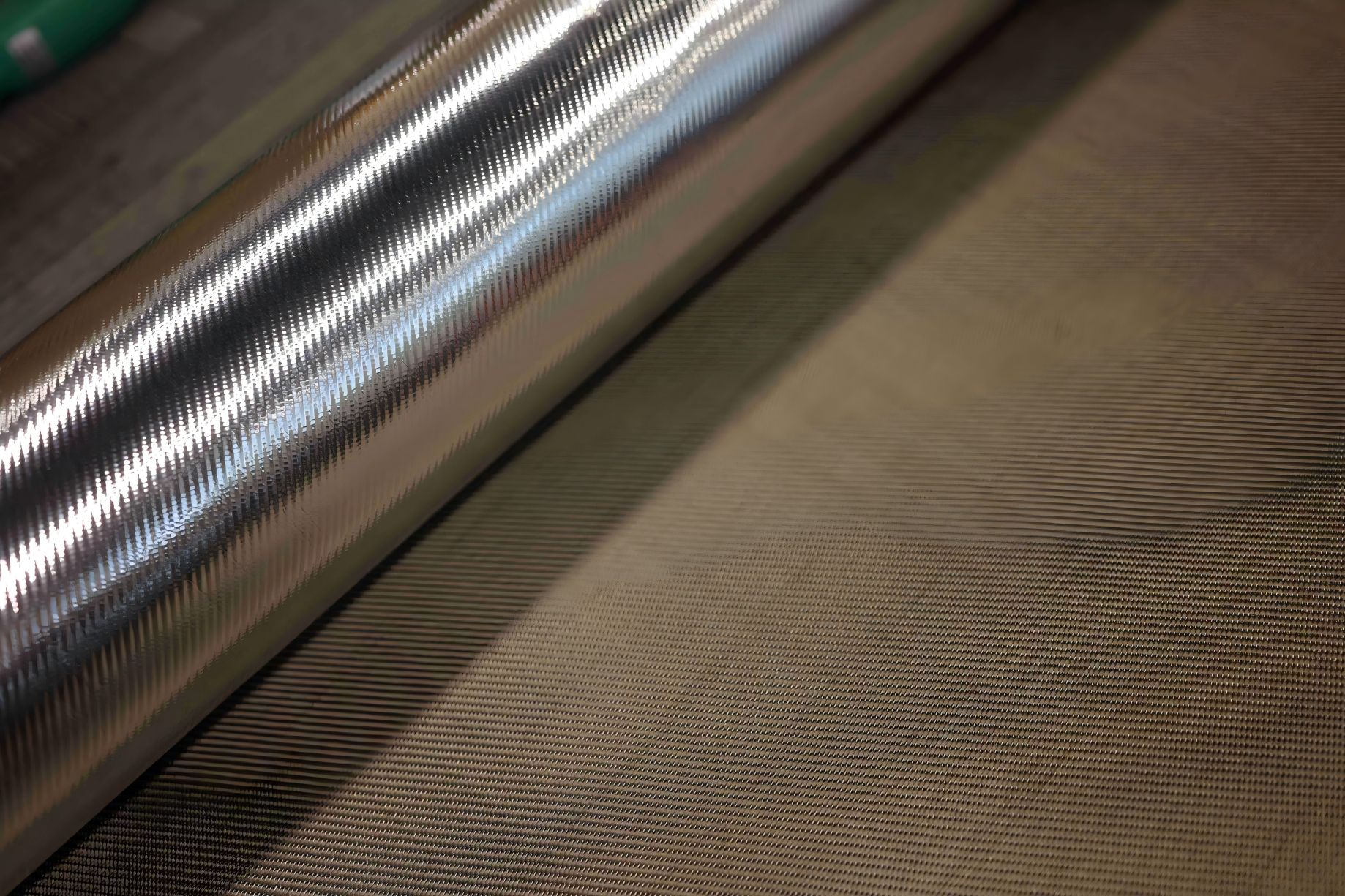 Your Composites Expert Basalt Materials&Products
Your Composites Expert Basalt Materials&Products
Carbon fiber composites have changed many industries because of their amazing properties. They are light and strong, making them great for many uses. This includes things like planes, cars, sports gear, and buildings. We'll look at how they're made, their benefits and downsides, and where they're used.

It's important to know how carbon fiber composites are made to understand their great qualities. The process starts with making precursor fibers. Then, these fibers go through stabilization, carbonization, surface treatment, and sizing. Each step is key to the material's final quality.
By controlling these steps, makers can make carbon fiber composites just right for what they need. This means they can be strong, stiff, and more.
Key Takeaways
- Carbon fiber composites are lightweight materials with exceptional strength-to-weight ratio and stiffness.
- The carbon fiber manufacturing process involves several stages, including precursor production, stabilization, carbonization, surface treatment, and sizing.
- Carbon fiber composites offer benefits such as high performance, durability, and design flexibility.
- The limitations of carbon fiber composites include high production costs, complex manufacturing, and challenges in recycling.
- Carbon fiber composites find applications in various industries, including aerospace, automotive, sports equipment, and construction.
Introduction to Carbon Fiber Composites
Carbon fiber composites are advanced materials that have changed many industries. They are strong yet light, made from carbon fibers in a polymer matrix. This makes them better than steel or aluminum.
What are Carbon Fiber Composites?
The definition of carbon fiber composites is simple. They are made of carbon fibers from PAN or pitch, mixed with a polymer resin. The fibers add strength, while the resin holds them together and spreads out the load.
These composites are sorted by the type of carbon fiber and the polymer used. Common fibers include:
- PAN-based carbon fibers
- Pitch-based carbon fibers
- Rayon-based carbon fibers
The polymer matrix can be thermoset or thermoplastic. Epoxy resins are the top choice for thermoset matrices in carbon fiber composites.
Brief History of Carbon Fiber Composites
The history of carbon fiber starts in the late 19th century. Thomas Edison used them in his light bulbs. But, modern carbon fibers began in the 1960s for space use.
Union Carbide made the first commercial carbon fibers in 1959. Then, Toray Industries introduced PAN-based fibers in 1971. Since then, new reinforced polymers and better manufacturing have made carbon fiber composites popular in many fields.
| Industry | Applications |
|---|---|
| Aerospace | Aircraft structures, spacecraft components |
| Automotive | Lightweight body panels, chassis components |
| Sports Equipment | Golf clubs, tennis rackets, bicycle frames |
| Wind Energy | Wind turbine blades |
"The development of carbon fiber composites has been a game-changer for many industries, enabling the creation of lightweight, high-performance products that were previously unimaginable." - Dr. John Smith, Materials Science Professor
Raw Materials Used in Carbon Fiber Manufacturing
Carbon fiber composites are made from different raw materials. The most common are polyacrylonitrile (PAN), pitch, and rayon. Each material has special properties that help the final product work well.
Polyacrylonitrile (PAN) is the top choice for making carbon fiber, making up about 90% of the market. PAN fibers are strong, stiff, and keep heat well. They are used in many areas because of these qualities. Making PAN fibers involves several steps: polymerizing acrylonitrile, spinning, stabilizing, and carbonizing.
Pitch, from petroleum or coal tar, is another material used. Pitch fibers are great at conducting heat and electricity. This makes them perfect for things that need to cool down or block electromagnetic waves. Making pitch fibers involves melting, spinning, stabilizing, and carbonizing.
Rayon, made from cellulose, was an early choice for carbon fiber. Though not as common now, rayon fibers are still used in some special cases. Making rayon fibers is similar to PAN fibers, with steps like spinning, stabilizing, and carbonizing.
| Precursor Material | Key Properties | Applications |
|---|---|---|
| Polyacrylonitrile (PAN) | High strength, stiffness, and thermal stability | Aerospace, automotive, sports equipment |
| Pitch | High thermal and electrical conductivity | Heat dissipation, electromagnetic shielding |
| Rayon | Moderate strength and stiffness | Niche applications |
The choice of material depends on what the carbon fiber needs to do. Scientists are always working to make these materials better and cheaper. This helps the carbon fiber industry grow and improve.
The Manufacturing Process of Carbon Fiber Composites
The making of carbon fiber composites is a detailed process. Each step is vital for the material's final quality. From starting with precursors to the final sizing, every stage is controlled for the best results.
Precursor Production
The journey starts with making precursor fibers from polyacrylonitrile (PAN). These fibers go through an oxidation process. This step stabilizes their structure, getting them ready for the next step.
Stabilization
The fibers then face heat treatments in an oxidizing atmosphere. This process crosslinks the polymer chains. It makes the fibers more heat-resistant and boosts their strength.
Carbonization
After stabilization, the fibers are carbonized at high temperatures in an inert atmosphere. This step removes non-carbon elements, leaving pure carbon. The temperature and time can be adjusted to fine-tune the carbon fiber's properties.
| Process Stage | Temperature Range (°C) | Atmosphere |
|---|---|---|
| Stabilization | 200-300 | Oxidizing |
| Carbonization | 1000-1500 | Inert |
Surface Treatment
To improve bonding, the fibers undergo surface modification. This involves oxidizing the surface. It creates functional groups that help the fibers bond better with the matrix material.
Sizing
The last step is sizing, where a protective coating is applied. This coating shields the fibers from damage and enhances their compatibility with the matrix. It ensures the best load transfer between fibers and matrix.
"The careful control of each stage in the carbon fiber production process is essential to achieving the exceptional properties that make these materials so valuable in a wide range of applications."
Understanding and optimizing these stages helps manufacturers create top-notch carbon fiber composites. These materials meet the high standards of industries like aerospace, automotive, and more.
Properties of Carbon Fiber Composites
Carbon fiber composites have unique mechanical and physical properties. They are lightweight and offer high performance. This makes them better than traditional materials in many ways.
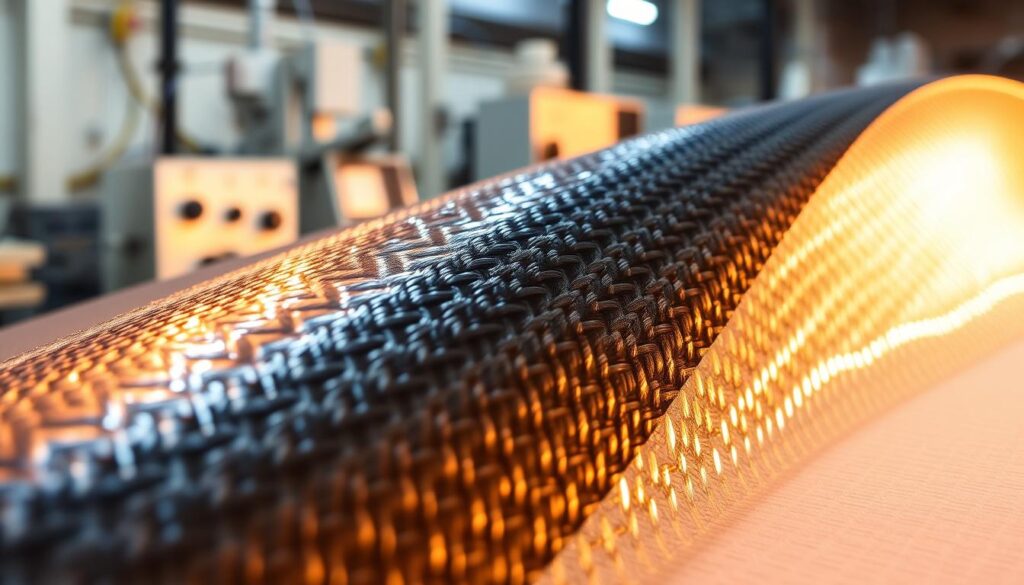
High Strength-to-Weight Ratio
One key feature of carbon fiber composites is their high strength-to-weight ratio. They are very light but incredibly strong. This is better than steel in many cases.
This strength helps in making things that are both strong and light. This is great for the aerospace and automotive fields where weight matters a lot.
Stiffness and Rigidity
Carbon fiber composites are also very stiff and rigid. The fibers in the composite help resist bending and deformation well. This is very useful for things that need to stay precise, like in sports equipment or aerospace parts.
Thermal and Electrical Conductivity
These composites are also good at conducting heat and electricity. The carbon fibers help in spreading heat and grounding electricity. This is useful for managing heat or shielding against electromagnetic fields.
Corrosion Resistance
Carbon fiber composites are also resistant to corrosion. They don't rust or corrode like metals do. This makes them last longer and need less maintenance.
Advantages of Carbon Fiber Composites
Carbon fiber composites have many benefits. They are strong, light, and can be shaped in many ways. These qualities make them great for many uses.
Lightweight and High-Performance
One big plus of carbon fiber composites is their strength-to-weight ratio. They are very light but very strong. This is perfect for things like airplanes, cars, and sports gear where being light is key.
Using these materials means you can make things lighter without losing strength. This leads to better fuel use, faster speeds, and more stuff you can carry.
Durability and Long Service Life
Carbon fiber composites are also very durable and last a long time. They can handle a lot of use without getting worn down. They also resist damage from chemicals and extreme temperatures.
This means they need less upkeep and last longer. This saves money over time because you don't have to replace them as often.
Design Flexibility
Another great thing about carbon fiber composites is how flexible they are in design. They can be shaped into complex forms. This lets designers make things that are both strong and look good.
Designers can also adjust the material to fit specific needs. This opens up new ways to make products that are both efficient and innovative.
| Advantage | Description |
|---|---|
| Lightweight | High strength-to-weight ratio enables weight reduction without compromising performance |
| Durability | Excellent fatigue resistance, corrosion resistance, and long service life |
| Design Flexibility | Ability to mold into complex shapes and customize fiber orientation for specific performance characteristics |
"Carbon fiber composites have revolutionized the way we design and manufacture high-performance products. Their unique combination of lightweight, strength, and design flexibility has opened up new possibilities across industries."
Carbon fiber composites are in high demand because of their lightness, durability, and design flexibility. As technology gets better, these materials will keep leading to new ideas and products in many fields.
Disadvantages of Carbon Fiber Composites
Carbon fiber composites have many benefits, but they also have some downsides. These limitations can affect their use in different fields and industries.
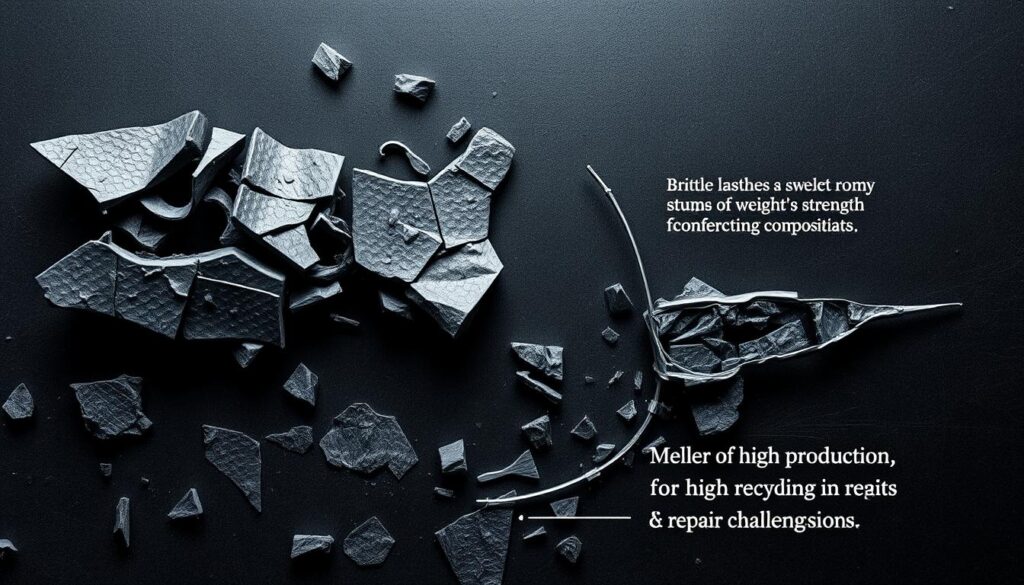
High Production Costs
One big problem with carbon fiber composites is how expensive they are to make. The cost of raw materials, like expensive precursors, adds up. Also, the energy needed and special tools used in making them make the price even higher.
The table below compares the typical costs of various materials used in manufacturing:
| Material | Cost per Pound |
|---|---|
| Carbon Fiber | $5 - $30 |
| Fiberglass | $1 - $5 |
| Steel | $0.50 - $1.50 |
| Aluminum | $1 - $3 |
Complex Manufacturing Process
Making carbon fiber composites is very complex. It involves many steps and needs careful control. From making the precursors to treating the surface, each step is a challenge. This makes the process expensive and hard to scale up compared to other materials.
The intricate nature of carbon fiber composite manufacturing requires specialized knowledge, skilled labor, and advanced equipment, posing barriers to widespread adoption.
Difficulty in Recycling
Another problem with carbon fiber composites is recycling them. They are thermoset materials that can't be melted down like metals or plastics. This makes it hard to dispose of them properly at the end of their life.
Scientists are working on new ways to recycle carbon fiber. But for now, recycling them is expensive and not very effective. This limits their role in a sustainable, circular economy.
Applications of Carbon Fiber Composites
Carbon fiber composites are used in many industries because of their great properties. They are light, strong, and change how we make products. This is true in the aerospace, automotive, sports, wind turbine, and construction fields.
In the aerospace world, these materials make aircraft parts like wings and fuselages. They make planes lighter, which means they use less fuel and fly better. For example, the Boeing 787 Dreamliner uses 50% carbon fiber, cutting fuel use by 20%.
The car world also benefits from carbon fiber composites. They make car parts lighter, improving speed and fuel use. Luxury cars like the Lamborghini Aventador and McLaren P1 use a lot of this material.
In sports, carbon fiber composites are a big deal. They make golf clubs, tennis rackets, and bike frames lighter and stronger. This helps athletes perform better and last longer.
Wind turbines also use carbon fiber composites. These blades are lighter, stronger, and more efficient. Longer blades mean more wind energy, helping us use more renewable energy.
In construction, carbon fiber composites strengthen buildings and bridges. They are stronger than steel or concrete but lighter. They also resist corrosion, making them great for tough places.
| Industry | Applications | Benefits |
|---|---|---|
| Aerospace | Wings, fuselages, tail sections | Reduced weight, improved fuel efficiency |
| Automotive | Body panels, chassis components | Enhanced performance, fuel efficiency |
| Sports Equipment | Golf clubs, tennis rackets, bicycle frames | Lightweight strength, precision, durability |
| Wind Energy | Wind turbine blades | Longer blades, increased energy capture |
| Construction | Reinforcement for structures and bridges | Superior strength-to-weight ratio, corrosion resistance |
Environmental Impact of Carbon Fiber Production
Carbon fiber composites are known for their high performance. But, their production harms the environment. Making carbon fiber uses a lot of energy, creating a big carbon footprint. As demand grows, making carbon fiber more sustainable is key.
Energy Consumption
Creating carbon fiber needs high temperatures and pressures. This uses a lot of energy. The stages of making carbon fiber, from precursor to carbonization, all need a lot of power.
A study in the Journal of Cleaner Production found that making carbon fiber uses 10 times more energy than materials like steel or aluminum.
Greenhouse Gas Emissions
The energy needed to make carbon fiber leads to a lot of greenhouse gas emissions. The carbonization stage is especially bad, releasing carbon dioxide and other gases. These gases contribute to global warming.
A report by the International Energy Agency says the carbon fiber industry is responsible for about 0.2% of global carbon dioxide emissions.
Waste Management
Carbon fiber production creates different types of waste. Solid, liquid, and gaseous byproducts are all part of the problem. Managing this waste is crucial to protect the environment.
But, recycling carbon fiber is hard because of its complex makeup. Most of the waste ends up in landfills, polluting the environment.
To fix these issues, the carbon fiber industry is looking into sustainable ways. They are working on:
- More efficient ways to make carbon fiber to use less energy
- Using renewable energy to power factories
- Technologies to capture and store greenhouse gases
- Advanced recycling methods to reuse carbon fibers
"The carbon fiber industry must prioritize sustainability and adopt eco-friendly practices to ensure its long-term viability and minimize its environmental footprint."
By focusing on the environmental impact, manufacturers can help create a greener future. They can keep using carbon fiber's amazing benefits while being more eco-friendly.
Future Trends in Carbon Fiber Manufacturing
The carbon fiber industry is set for big changes, thanks to growing demand and technological innovations. It's also becoming more sustainable. As people look for materials that are both light and strong, carbon fiber composites are in high demand.
New technologies are changing how carbon fiber is made. For example, using renewable materials like lignin makes production greener. Also, better automation and digital tools are making the process more efficient and precise.
Increasing Demand Across Industries
More and more industries want carbon fiber composites. This includes:
- Aerospace and defense
- Automotive
- Wind energy
- Sports equipment
- Construction
These sectors need lighter, stronger, and greener materials. So, they're turning to carbon fiber composites more and more.
Advancements in Manufacturing Technologies
To meet the demand and tackle sustainability, manufacturers are using new tech:
| Technology | Benefits |
|---|---|
| 3D printing | Enables complex designs and reduces waste |
| Automation | Improves efficiency and consistency |
| Digital twins | Optimizes process control and quality assurance |
Focus on Sustainability and Recycling
The industry is focusing on being more eco-friendly. It's working on using less energy, making less waste, and creating green composites. These might come from bio-based or recycled materials.
"The future of carbon fiber lies in sustainable manufacturing practices and closed-loop recycling systems. By embracing the circular economy, we can unlock the full potential of this remarkable material." - Dr. Sarah Thompson, Carbon Fiber Research Institute
Together, industry, academia, and government are making the carbon fiber sector more sustainable. They aim to make sure this material's benefits are enjoyed without harming the environment.
Conclusion
Carbon fiber composites have changed many industries because of their amazing properties. They are strong, stiff, and last a long time. This article talked about how they are made, their good and bad sides, and why they are so popular.
Even though making them is expensive and complex, their benefits are huge. They improve performance and allow for creative designs. This makes them a top choice for many.
The need for carbon fiber composites is growing, but we must think about the environment. We need to make making them greener, use less energy, and find ways to recycle them. This will help make carbon fiber composites better for our planet.
Looking to the future, carbon fiber composites are set to get even better. New ways to make them will make them cheaper and more efficient. They will also be used in new ways. As we look for lighter, stronger materials, carbon fiber composites will be key in creating the future.
FAQ
What are the raw materials used in carbon fiber manufacturing?
The main materials for making carbon fiber are polyacrylonitrile (PAN), pitch, and rayon. Each material has special properties that affect the carbon fiber's final quality.
What are the main stages in the carbon fiber manufacturing process?
The carbon fiber making process has several key steps. These include precursor production, stabilization, carbonization, surface treatment, and sizing. Each step is important for the fiber's final quality and performance.
What are the key properties of carbon fiber composites?
Carbon fiber composites have many important qualities. They are light, strong, and rigid. They also conduct heat and electricity well and resist corrosion. These traits make them useful in many fields.
What are the main advantages of using carbon fiber composites?
Using carbon fiber composites offers several benefits. They are light and strong, making them durable and flexible. This leads to better performance in areas like aerospace, cars, and sports gear.
What are the main disadvantages of carbon fiber composites?
Carbon fiber composites have some downsides. They are expensive to make and the process is complex. Also, recycling them is hard. Making them can harm the environment due to energy use and emissions.
In which industries are carbon fiber composites commonly used?
Carbon fiber composites are used in many fields. These include aerospace, automotive, sports equipment, wind energy, and construction. They improve product and structure performance in each area.
What are the environmental concerns associated with carbon fiber production?
Making carbon fiber raises environmental worries. It uses a lot of energy and emits greenhouse gases. Also, disposing of carbon fiber waste is hard because it doesn't break down easily.
What are the future trends in carbon fiber manufacturing?
The future of carbon fiber looks promising. Demand will grow, and making it will become more efficient. There will also be more focus on making it sustainable and recyclable.


